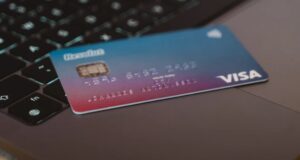Many of our readers have been asking us what is the advantage of a chip credit card. Are you one of them as well? Then you have stumbled upon the right place on the web. Keep reading the rest of the post, and you will know why.
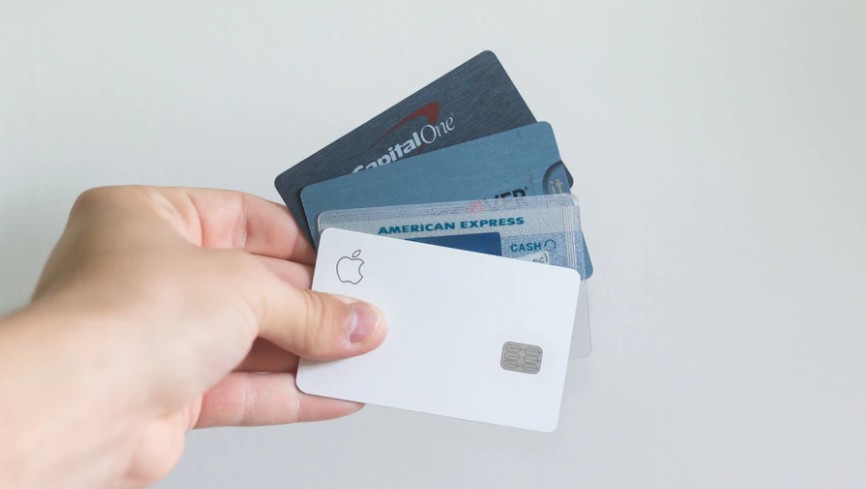
Nowadays, almost every major bank and card issuers are migrating to chip cards. But what is a chip card? Is there any particular reason why they are migrating to chip cards? Or what is the advantage of chip cards? How do you know if you have a chip card or not?
Don’t know any answers to these questions? No problem. We have compiled a list of the frequently asked questions about chip cards. And we will be answering all of these questions one by one in this post.
So, if you want to learn more, let’s proceed…
What is a Chip Card?
Simply put, a chip card is a plastic card (credit/debit) that comes with a microchip embedded on the front of the card. They also have the magnetic stripe that you would usually find on the magstripe cards. You will be able to use a chip card as you would use a magstripe card.
However, a chip-enabled terminal is needed for reading the information of the card from the chip. As a result, you will have to insert the chip card into a chip-enabled terminal to make your transaction.

Due to the chip’s presence on this type of card, it is guarded with extra security layers while you are using the card at terminals, stores, POS systems, and ATMs. The chip cards are integrated with the EMV (Europay, MasterCard, and Visa) chip technology, virtually eliminating counterfeit fraud.
A chip card is also known as an EMV card or an EMV chip-enabled card.
Types of Chip Cards
Generally, you can categorize chip cards into 2 categories as ‘Chip-and-Signature Cards’ and ‘Chip-and-PIN Cards’. Let’s elaborate…
Chip-and-Signature Cards
This type of chip card works very similarly to its alternative. First of all, you will have to insert the card into the terminal or the POS system. Then your information will be sent to the merchant and the card issuer for approval and authentication.
Once the authentication is completed, you will have to provide your signature to authorize the transaction. Once you have provided a valid signature, your translation will be completed. This type of chip card is a bit more secure than the regular magstripe cards.
Chip-and-PIN Cards
This type of chip card is now getting more popular. In this case, you will have a unique PIN with your card. When you want to make a transaction with the card on a POS system or an ATM booth, or a terminal, you will have to enter that PIN every time for additional security. In few countries, you must use PIN even if you are purchasing anything online.
While in most countries, during online transactions, you don’t need to enter the PIN. However, you have to use the CVC number for the approval of the transaction. As you know, a signature is effortless to replicate compared to a unique PIN, ‘Chip and PIN’ cards are more secure compared to the ‘Chip and Signature’ chip cards.
How Does a Chip Credit Card Work?
A chip card works almost similar to a regular magstripe card.
Normally, you will have to insert or dip the card to a POS terminal or ATM booth card terminal; then, you will have to enter your PIN. After this, the transaction processing system will check various information regarding the card and the cardholder to authorize the transaction.
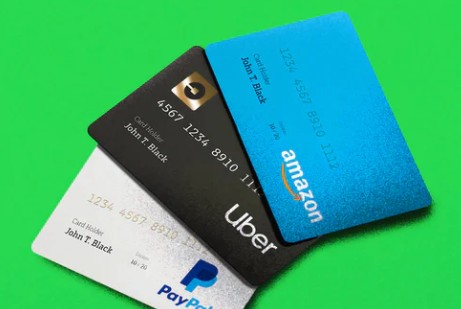
Typically, a chip card will generate a unique code with each transaction. It is not possible for a magstripe card. This is a process called dynamic authentication, which makes sure that the transaction is secure. At the same time, it can eliminate counterfeit fraud.
What Are the Advantages of Chip Credit Cards?
The number one benefit of using a chip card is the security it offers. Usually, when you are making a transaction using a chip card, it generates a unique code every time.
As each coed is unique, there is no way of duplicating or using it once again. So, the fraudulent people will not be able to use the card information to skim your card.
On the other hand, a magstripe card doesn’t generate a unique code each time. So, people with ill-intention might use your magstripe card illegally. As a matter of fact, VISA has reported that counterfeit card fraud has decreased about 76% for the merchants who have started to implement a chip card system.
From a card issuer perspective, you will start to get more customers as it is a more secure system than magstripe cards. At the same time, there will be a lot fewer fraudulent activities overall. So, it will also improve the image of your institution.
Usually, you would have to update your whole system while adopting chip cards. So, with new smart terminals, you will be able to offer new features to customers. All in all, the best advantage of using a chip credit card is to protect your business and protect your transactions by minimizing fraud and risk.
What Are the Downsides of Chip Credit Cards?
From a user perspective, there are no drawbacks to using chip cards. Still, we can mention some cons of chip cards from the perspective of the card issuer.
First of all, a chip card transaction can be a bit slow compared to a magstripe card. Normally, as an extra security layer, a new unique code is generated with each transaction on a chip card.
For that reason, the entire process needs another software called ‘Middleware’. This software will assist the terminal, processor, POS system, and card to process the transaction securely.
But as it requires that unique code generation, you will have to wait for a few more seconds than usual magstripe card transactions. For the safety a chip card offers, a few seconds of wait is worth it.
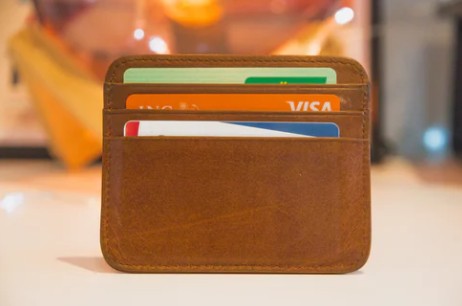
Another con of the chip card is that the chip will not work on old terminals; only the magnetic stripe will work. They will need to implement new smart terminals that are compatible with chip cards for card issuers.
This might seem like a loss as you will have to invest in new systems. But a smart terminal is the future and way to go. So, even if it is a con of issuing chip cards, you should opt for smart terminals as a financial institution.
Can Chip Cards be Skimmed or Hacked?
Honestly, no system in the world available cannot be hacked or skimmed or bypassed. But for a chip card, it is possible to be hacked. Still, it isn’t straightforward and will happen only if the user is not careful.
For example, if anybody wants to use a chip card for online transactions, they will need the card number, expiry date, cardholder name, and CVC number. In some cases, the billing address is needed. However, a thief or hacker can guess that or enter a fake address to bypass this step.
Now, if the hacker comes to know all of this above-mentioned information, then they will be able to use your chip card for online transactions. Here, they don’t need to know or use the PIN code of your card.
And, if any person with ill-intention gets a peek at all this information while you are using the card, they can use your card for online transactions.
Another way of hacking chip cards is by using skimming devices. Normally, a skimming device is used to copy the data (card number, expiry date, CVC, etc.) from a card with a magnetic stripe. Typically, it is not possible to copy the data stored on the chip with a skimming device.
But you know that chip cards still come with the magnetic stripe at the back to be used where chip cards are not accepted yet. That’s when a skimming device can be used to copy the information from the chip card’s magnetic stripe.
For the record, a skimming device is a device that almost looks like the slot where you insert the card at an ATM booth. The thieves usually plug in skimming devices in card terminals at ATM booths. The user would not usually notice the difference between the original card acceptor slot at the ATM and the skimming device.
So, they would insert their card to withdraw cash from the booth. But instead, their card information will be copied by the skimming device. And, if the thieves can somehow know your PIN, they will be able to clone your card and start to use it.
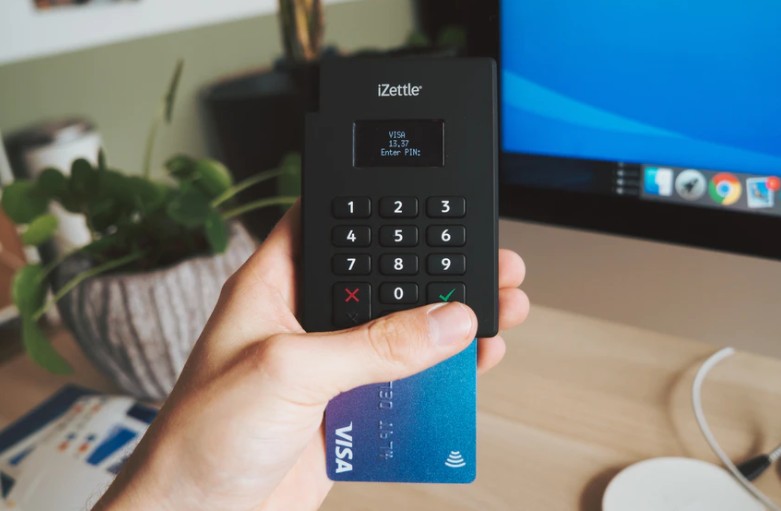
Lucky for you, there are a few ways to prevent it. First off, check carefully whether you are inserting your card in a real card terminal or a skimming device. That is why it is advisable to get familiar with skimming devices. You can search the web to know more about these devices.
And, the alternative way to be safe is to hide the PIN from the thieves. Usually, when some thieves use skimming devices, they would place a camera somewhere in the booth to see when you are entering your PIN.
It would help if you covered the keypad of the card terminal while you are entering the PIN. That way, they will not be able to get a hold of your PIN. So, even if they have skimmed your card’s information, they will not be able to use it on ATM booths as they don’t know the PIN.
What Is The Difference Between A Chip Card And A Regular Credit Card?
Here, we think you have wanted to know about the cards that don’t come with a microchip on them by regular credit cards. In that case, these cards are known as magstripe cards as they have a magnetic stripe on the card’s back.
For your information, a magstripe card is also known as a magnetic stripe card or swipe card. And all the information regarding the card is stored on that stripe. Unfortunately, it is very easy to steal this information from the magnetic stripe using skimming devices.
There are a few key differences between a chip and a magstripe card. For example…
The Design
As we have discussed above, the key difference between a chip card and a regular magstripe card is in their design. A chip card would come with a microchip embedded on the front of the card. At the same time, the regular credit card will not have a chip on the card.
The Way You Use It
Another difference between a chip card and a regular card is the way you would use them. For a chip card, you would usually insert or dip the card into the card reader. Then the merchant will enter the transaction details.
Finally, you will enter the PIN to finalize the transaction. On the contrary, you will have to swipe the card through the card reader for a magstripe card.
What Information Is Stored On A Credit Card Chip?
The microchip on chip cards stores the standard information about the card itself. Usually, it would store the credit limit (if any), CVC number, expiry date, etc., of the card.

As you can see, the usual information that is needed to authorize, authenticate, and process a transaction using a card is stored on a credit card’s chip. The magnetic stripe on the back of the magstripe cards also happens to store this same information.
How to Know If You Have a Chip Card?
There are a couple of ways to determine whether you have a chip card or not. Let’s learn about them…
By the Look of the Card
Normally, if your card is a chip card, it will have a chip on the card’s front. The chip will be almost identical to a microchip you would usually see on SIM cards. Also, the chip in most cases would be golden or silver colored. If you don’t see any chip on the front side of the card, this is not a chip card. In this case, it would be a magstripe card.
Interestingly, your chip card would also have a magnetic stripe at the back of the card. It is there to use it with particular merchants that don’t accept chip cards yet.
Contact the Card Issuer
If the previous method has not worked for you, we have another surefire way to help you know the type of credit/debit card you are using. And that is to get in touch with the bank or institution that has issued your card.

Ask them if your card is a chip card or not. If not, then if they provide chip cards. If they have chip cards, you should request them to replace your magstripe card with a better security chip card. Or if they don’t, you should search for an institution in your area that offers chip cards.
Final Thoughts on The Advantage Of A Chip Credit Card
Chip cards have become the standard of credit and debit card transactions worldwide. And, it is actually the right way to go. The majority of the banks and card issuers are providing their customers with chip cards nowadays.
However, there are still a few institutions that are yet to introduce chip cards. But if you have read the post above, you know how better chip cards can be than old magnetic stripe cards.
And because of the safety they provide, you should also go for a chip card if your financial institution provides one. On the other hand, you should look for different banks or financial institutions that provide EMV chip cards. That way, your paperless transactions will be safer than ever.
We hope we have cleared up your confusion about the advantage of a chip credit card. If you have found this post helpful, don’t forget to share it with others. If you have any questions or queries, you can let us know in the comments sections!
More Posts for You:


